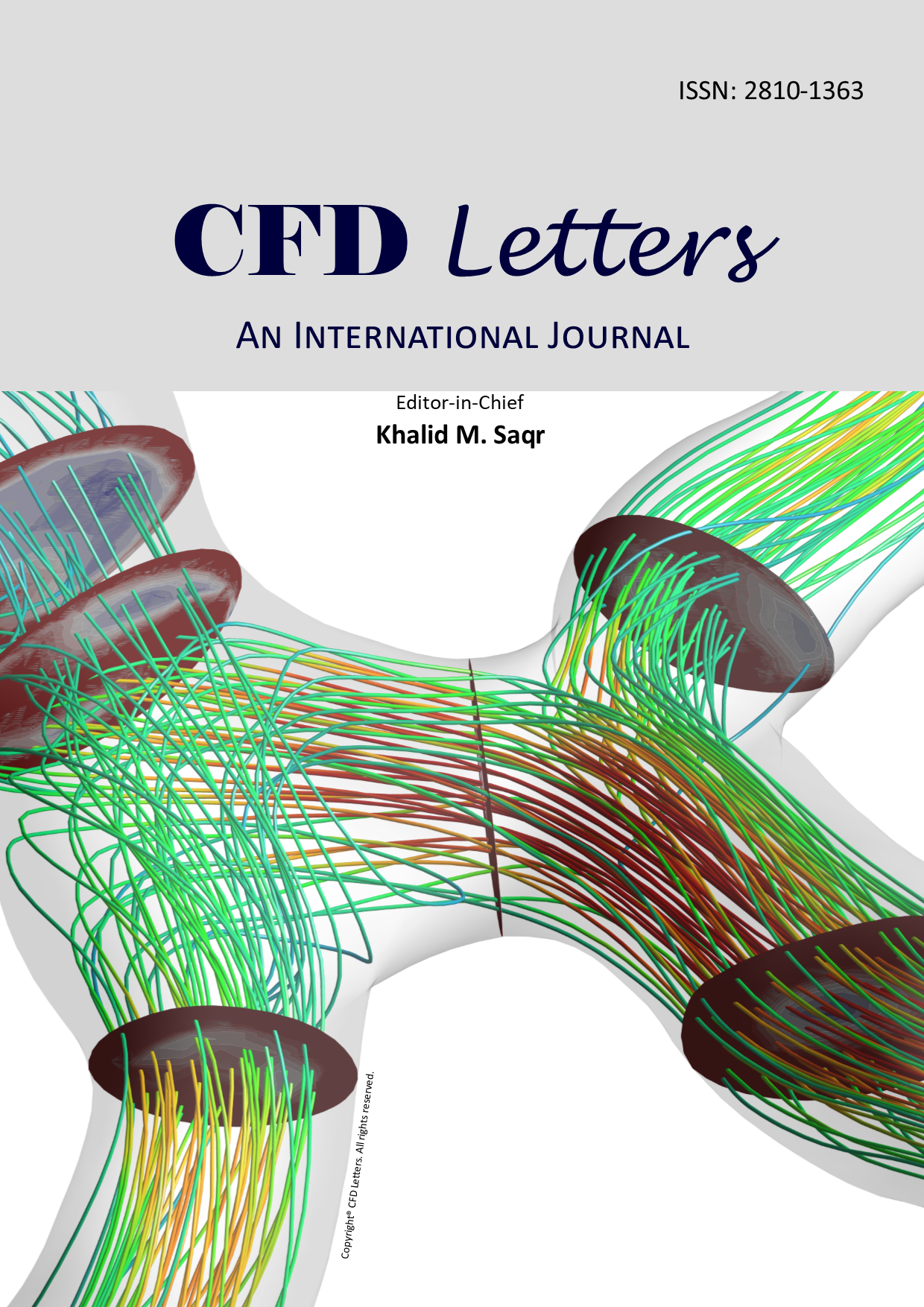Investigation of Diesel Injector Flow Pattern Based On Computer-aided Design
Keywords:
diesel fuel injection, injector nozzle cavitation, CFD ANSYSAbstract
Improvements in the diesel fuel injection systems can provide efficient combustion in internal combustion engine. However, the detail relationship between the diesel injector nozzle cavitation parameters are still remain unclear. The main goal of this research is to verify the flow characteristics inside the fuel injector nozzle by using CFD. A computational fluid dynamics cavitation models of diesel injector nozzles is presented and tested. Then, the experimental data are used to validate the models. The researcher used the same shape configeration and boundary condition. The injection event is inherently transient, as the injection pressure varies with the needle lift position. In order to capture this transient aspect within a steady-state formulation, this study performed simulations for different lift positions for the base nozzle. The results is done for the flow distribution for needle lift positions at 0.275 mm, 0.2 mm, 0.15 mm, and 0.1 mm. The corresponding velocity vector is plotted in order to explain the transient cavitation behavior. The velocity vectors for needle lift=0.275 mm indicate that the flow entering the orifice encounters a sharp bend (i.e., large velocity and pressure gradients) at the top of the orifice inlet causing cavitation in this region, However, with needle lift position at 0.15 mm, the flow entrance into the orifice is relatively smooth.













